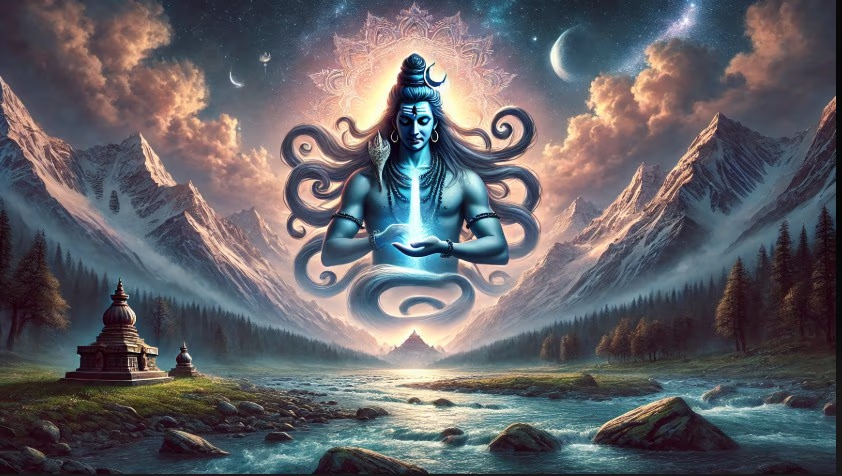The grand Mahakumbh 2025 is being held on the sacred grounds of Prayag, beginning with the auspicious Poush Purnima. Devotees from across the globe are arriving here to take a holy dip in the Ganges, a tradition that continues to this day. The sanctity and timeless traditions of this ancient Vedic and mythic pilgrimage site, Prayagraj, remain unharmed, where immersing oneself in the confluence of the Ganga and Yamuna is considered a path to salvation. The Puranas mention that those who relinquish their bodies here attain immortality.
Enriching this sacred land is the revered Ganga, referred to in mythologies as the 'Pious Stream.' With the convergence of the Yamuna and Saraswati, this place radiates divinity. The spiritual fair on these divine banks is where the diverse unity of humanity is marvelously demonstrated.
The importance of bathing in the Ganga at Kumbh is rooted in the belief that it originates from the feet of Lord Vishnu, earning it the name Haricharanamrit. According to the Skanda Purana, the Ganges is cherished at the feet of Lord Hari, hence it is known as Vishnupadi.
The Ganges is more than just a flowing stream to Indian society; it embodies our cultural spirit and consciousness. It is nature's gift, revered as a living entity.
The Descent of Goddess Ganga
The reverence for the Ganga does not stem merely from its flowing through Prayag, but because it flows there making Prayag more venerable. The descent of the Ganga is described in the Vishnu Purana and Skanda Purana, explaining its ancient names Vishnupadi and Jatashankari. It is believed when Lord Vishnu turned in his divine ocean bed, droplets from his wet feet inaugurated the first descent of Goddess Ganga.
The Wounding of Lord Vishnu
A tale from Vishnu's Vaman avatar shares how, during his visit to King Bali, he asked for three paces of land, measuring the earth with his first and the universe with his second. In the process, he struck Mount Drona, causing blood to flow from his toe, which Brahma then collected in his kamandalu, giving birth to what is now known as 'Ganga water.'
Why Ganga is Called Vishnupadi
Another belief states that when Vaman's foot reached Brahmaloka, Brahma washed his feet, and the sacred waters were caught by the Himalaya, earning the Ganga to him as a daughter. Ganga's residence at Vishnu's lotus feet is why she is revered as Vishnupadi.
Why Ganga is Called Dev Nadi
The Daughter of Mount Himalaya was bestowed with purity by Brahma. Ganga secretly cherished a love for Shiva, but as he was wed to Parvati, she felt melancholic and turned into a stream. When Indra tainted the devlok by his act against Sage Gautam’s wife, Brahma pleaded with Ganga to restore purity, which she accepted and thus was known as Dev Nadi.

Source: aajtak
The Jatashankari Name from Shiva's Blessing
The Ganga’s eternal admiration for Shiva led her to ask for a unique place from him, which he promised to grant in time. King Bhagirath desired Ganga on Earth for his ancestors’ salvation. After his prayers, the mighty Ganga descended from the heavens with robust force, which could disturb Earth’s balance, were it not for Shiva's promise. Shiva stood atop the Himalayas, unbinding his locks to capture Ganga's wild torrents, letting her reside in his locks as Jatashankari.
Ganga - A Symbol of Purity
Thus, the divine river Ganga, also known as Vishnupadi, Brahmaputra, Himalaya’s Daughter, and Dev Nadi, graced the earth as Jatashankari. Ganga, cherished by the holy trinity of deities, has nourished vast parts of Indian land with her pure waters for centuries. The ritual of purifying oneself in Ganga aims to inspire a life as pure, simple, and sacred as the river herself.




